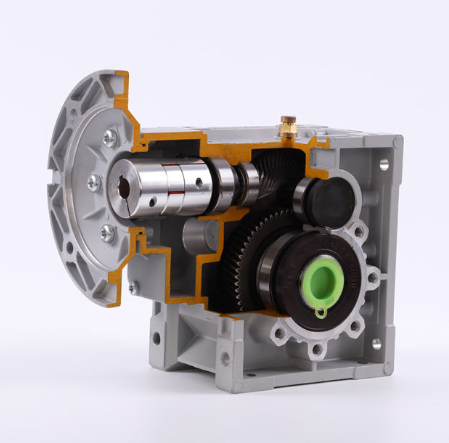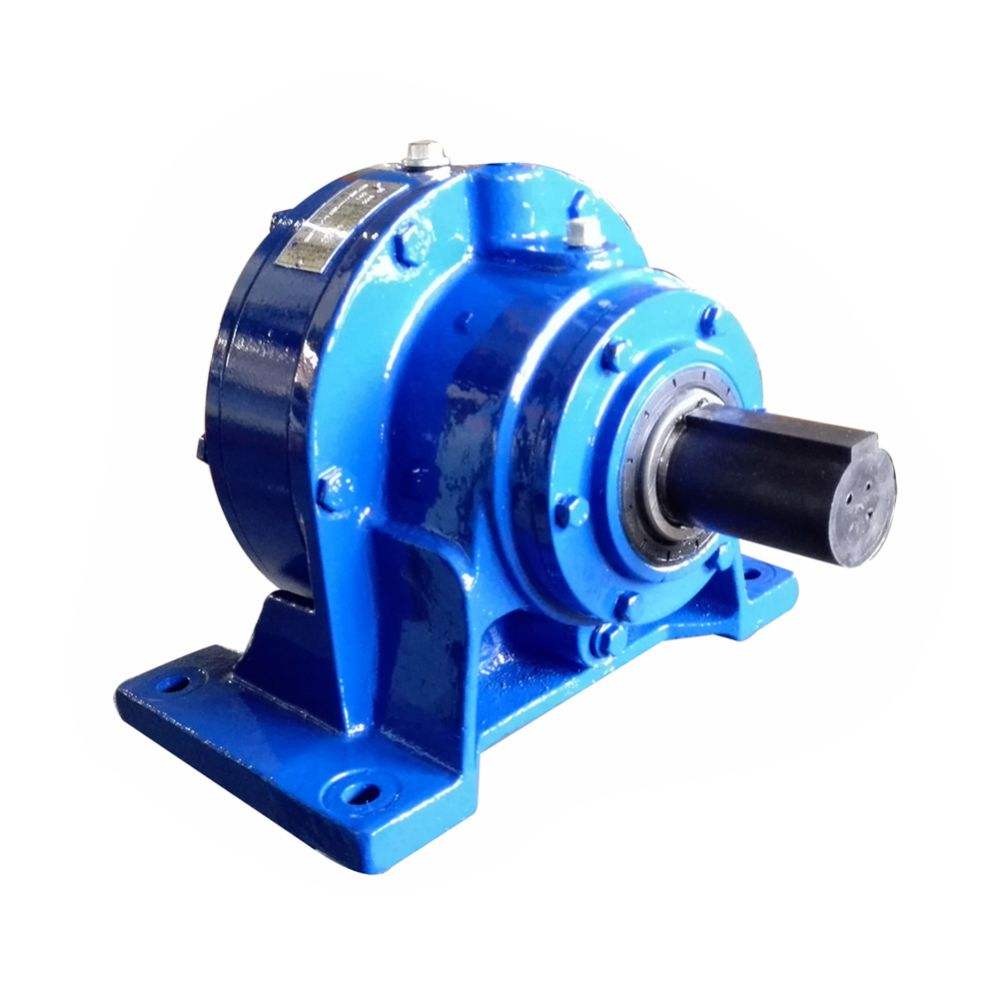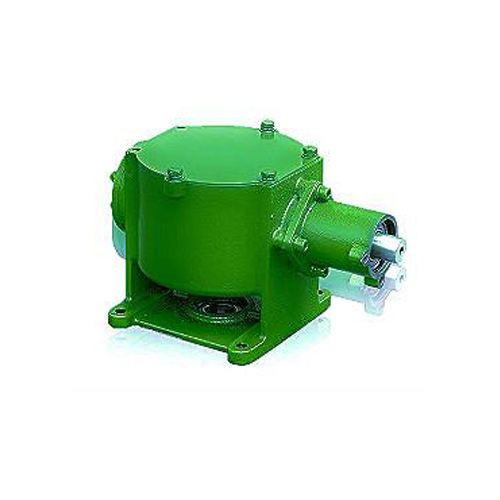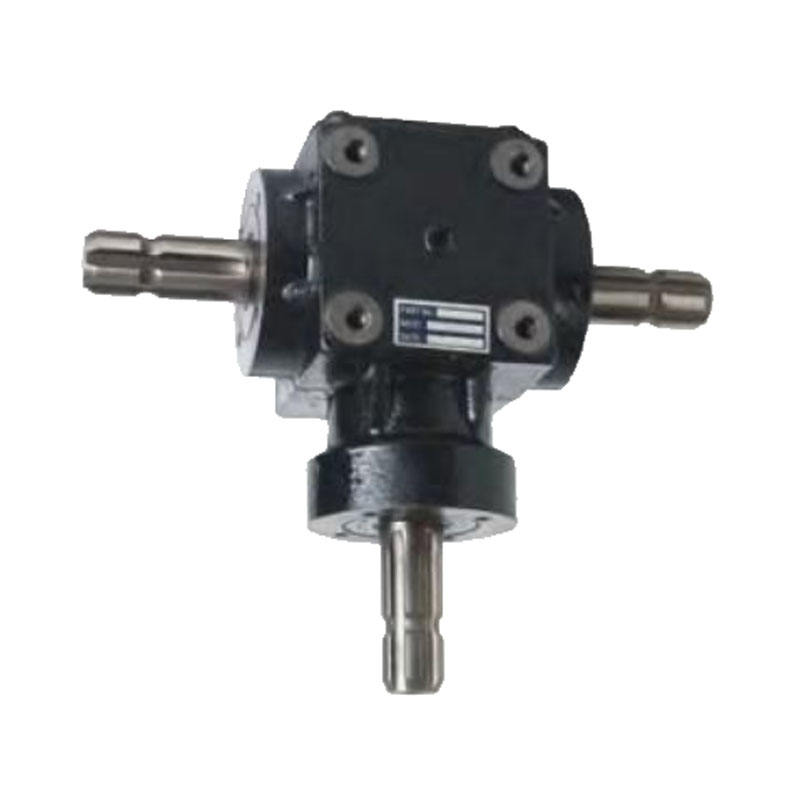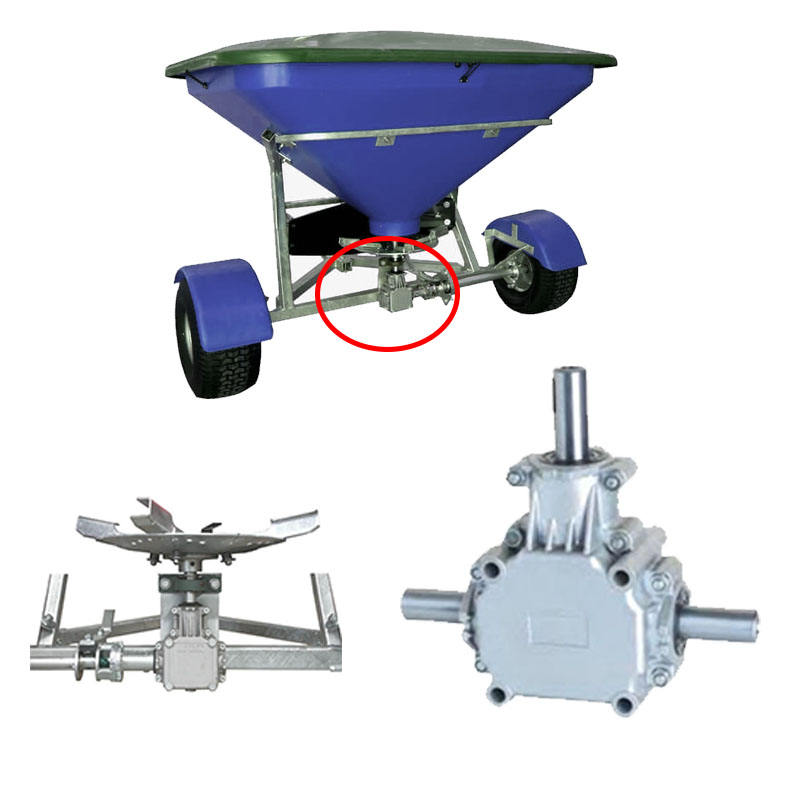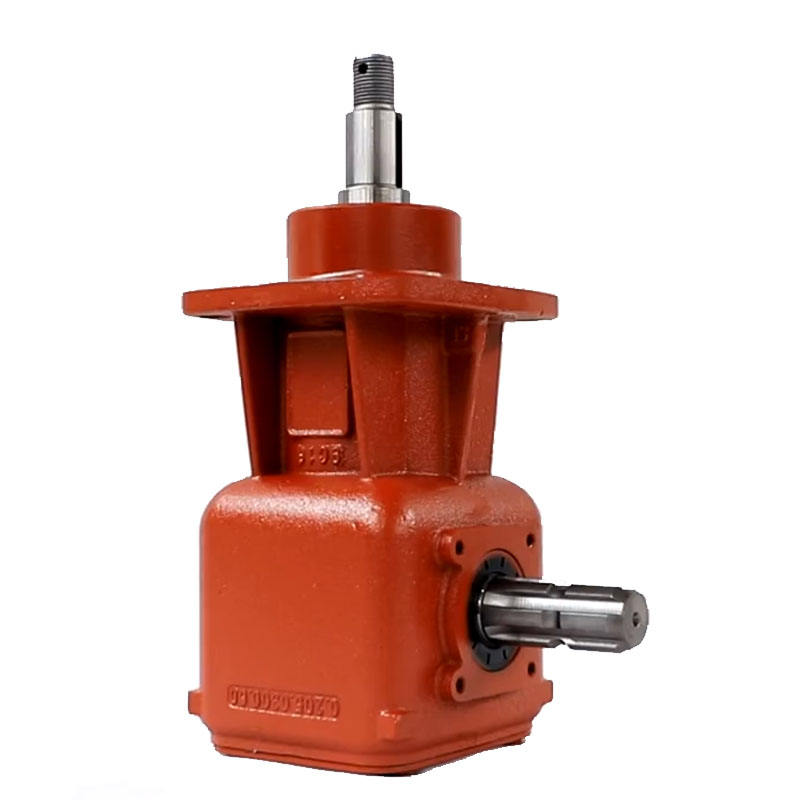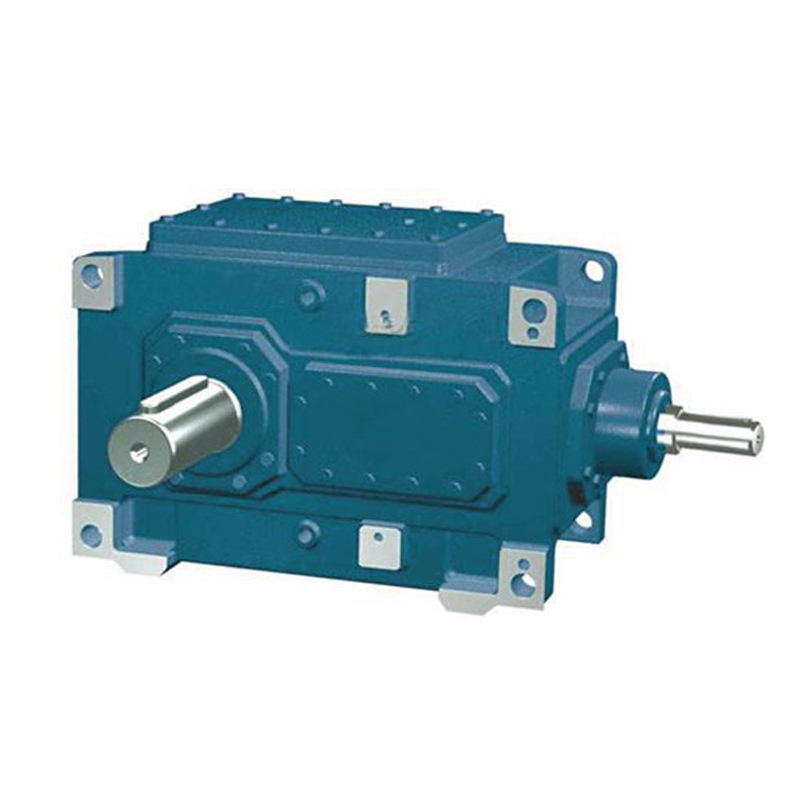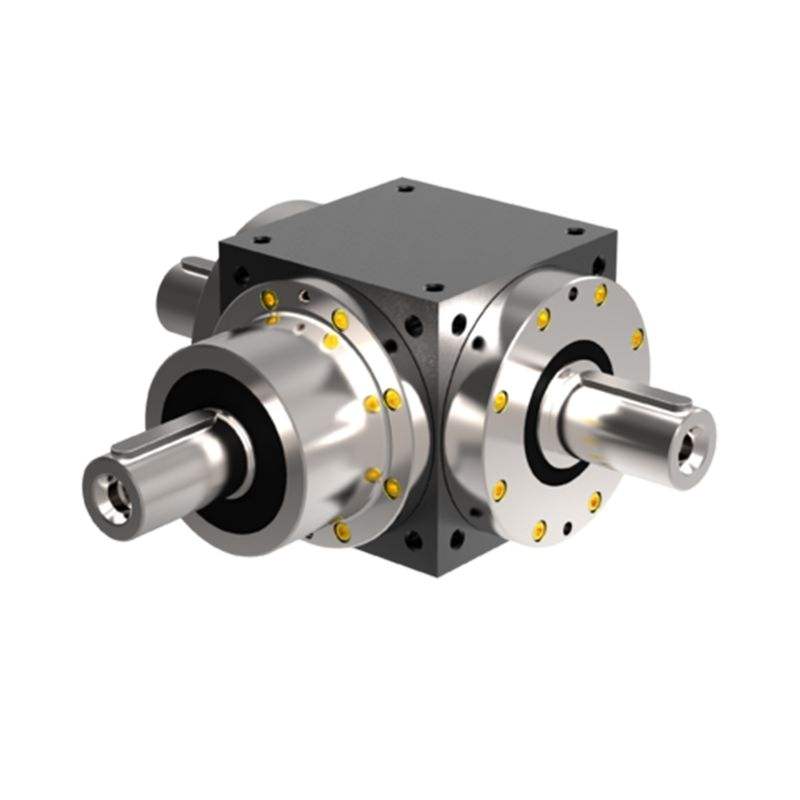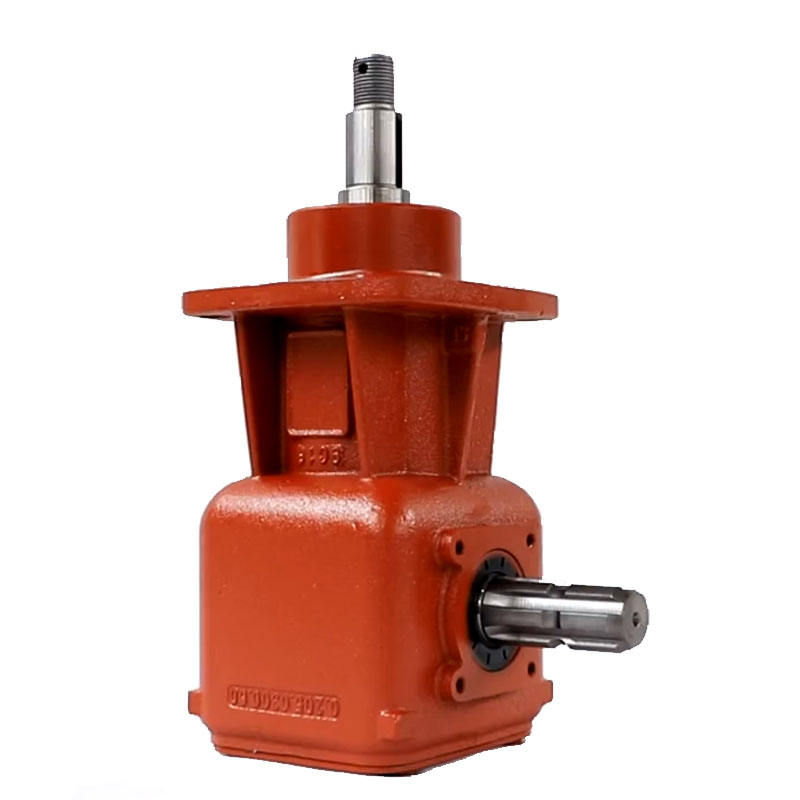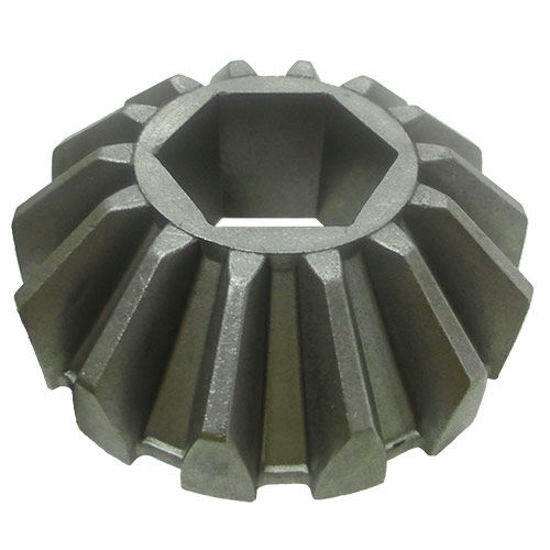Gears and racks are fundamental mechanical components used to transmit motion and power in various industrial and commercial applications. A gear is a rotating machine part with cut teeth that mesh with another toothed part to transmit torque, while a rack is a linear bar with teeth that engage with a gear (pinion) to convert rotational motion into linear motion or vice versa. These components are crucial in systems requiring precise movement, such as automotive steering, robotics, conveyor systems, and machinery.
Our gears and racks are manufactured to high standards, with detailed specifications to ensure compatibility and performance. Below are the key parameters for our products.
| Product Type | Module (M) | Material | Standard Sizes | Load Capacity (N) | Application Examples |
|---|---|---|---|---|---|
| Spur Gear | 1 - 6 | Steel, Nylon | 20-100 teeth | Up to 5000 N | Printers, Conveyors |
| Helical Gear | 1.5 - 8 | Steel, Brass | 15-120 teeth | Up to 8000 N | Automotive Transmissions |
| Bevel Gear | 1 - 5 | Steel, Stainless Steel | 10-80 teeth | Up to 4000 N | Power Tools, Differential Systems |
| Straight Rack | 1 - 10 | Steel, Plastic | 500-2000 mm length | Up to 6000 N | CNC Machines, Linear Actuators |
| Helical Rack | 1.5 - 8 | Steel, Stainless Steel | 500-4000 mm length | Up to 10000 N | Robotics, Heavy Machinery |
What is the difference between a gear and a rack?
A gear is a circular component with teeth that rotates to transmit motion, while a rack is a linear bar with teeth that converts rotational motion from a gear into linear movement or vice versa. They work together in systems like steering mechanisms.
How do I choose the right module for my application?
The module (M) determines the size and strength of the teeth. Smaller modules (e.g., 0.5-2) are for precision applications with lower loads, such as instruments, while larger modules (e.g., 5-10) handle heavier loads in industrial machinery. Consider the torque, speed, and space constraints of your system.
What materials are best for corrosive environments?
Stainless steel or plastic materials like nylon are ideal for corrosive environments due to their resistance to moisture and chemicals. Stainless steel offers high strength, while plastic provides lightweight and quiet operation.
Can I customize the bore diameter of gears?
Yes, we offer customizable bore diameters from 5 mm to 100 mm to ensure a perfect fit with your shaft. Provide your specific requirements during ordering for tailored solutions.
What maintenance do gears and racks require?
Regular lubrication is essential to reduce wear and noise. Inspect for tooth damage or misalignment periodically. In high-load applications, check for signs of fatigue and replace components as needed to prevent failure.
Are helical gears better than spur gears?
Helical gears have angled teeth, providing smoother and quieter operation with higher load capacity compared to spur gears, which have straight teeth. However, helical gears may produce axial thrust and are more complex to manufacture, so choice depends on application needs like noise level and efficiency.
How do I ensure proper meshing between a gear and rack?
Ensure the module and pressure angle match exactly. Use accurate mounting and alignment during installation to avoid backlash and wear. For precision applications, select higher accuracy grades (e.g., DIN 5) and consider pre-loaded systems.
What is the typical lifespan of these components?
Lifespan varies based on material, load, and maintenance. Steel gears and racks under moderate loads with proper lubrication can last over 10 years, while plastic versions may have a shorter lifespan but excel in lightweight or non-corrosive settings.
